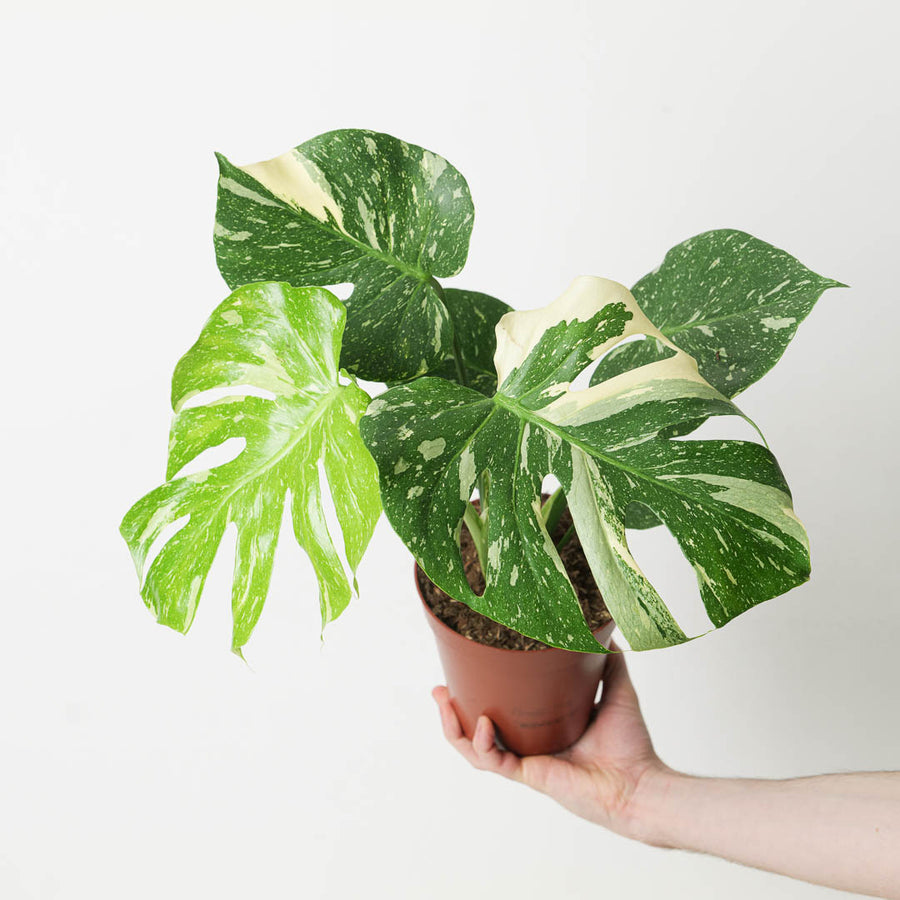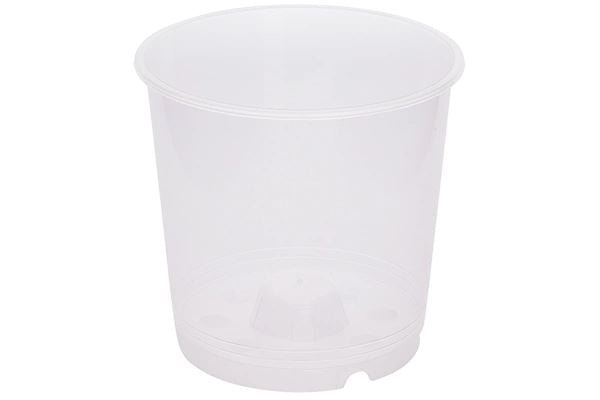Spathiphyllum
The Spathiphyllum, better known as the Peace Lily, is a stunning and resilient houseplant that has earned its place in homes worldwide. Native to the tropical and subtropical regions of the Americas and Southeast Asia, this plant thrives in the humid, shaded conditions of tropical rainforests. The Peace Lily belongs to the Araceae family, which includes other iconic plants like the Monstera and the Philodendron.
In the wild, the Spathiphyllum grows in the shaded understory of forests, where it can be found nestled in the moist, nutrient-rich soils. It is an epiphyte, meaning that in its natural habitat, it often grows on other plants, using them as a support rather than drawing nutrients directly from the soil. This origin gives the Peace Lily its preference for moist conditions and indirect light, both of which mimic the forest floor environment.
The distinctive white spathes of the Peace Lily are often mistaken for petals, but they are actually modified leaves that surround the true flower, a spadix, which is typically yellow. These flowers, which appear in the spring and summer months, add to the plant’s elegance and charm.
Peace Lily Benefits
Beyond their visual appeal, Peace Lilies provide a host of benefits. One of the most well-known advantages of owning a Peace Lily is its air-purifying capabilities. As part of NASA’s Clean Air Study, the Peace Lily was identified as one of the best plants for improving indoor air quality by removing harmful toxins such as formaldehyde, benzene, and trichloroethylene. This makes the Peace Lily a natural, non-toxic air purifier, contributing to a healthier home environment.
Additionally, Peace Lilies help maintain humidity levels, which can be particularly beneficial in dry indoor environments, such as those with central heating. This ability to increase the moisture in the air is a small yet important benefit, especially during the colder months.
Furthermore, the act of caring for plants, including Peace Lilies, has been shown to have positive effects on mental health. Studies suggest that plants can reduce stress, improve concentration, and enhance overall well-being. Peace Lilies are no exception to this, offering both aesthetic and psychological rewards.
What Lighting Do Peace Lilies Need?
Peace Lilies are adaptable when it comes to lighting conditions, making them perfect for indoor spaces where light levels can vary. While they thrive in bright, indirect light, they can also tolerate low-light conditions, which is why they are such a popular choice for offices or rooms with minimal natural sunlight. However, like many tropical plants, they do benefit from occasional exposure to some indirect sunlight.
Direct sunlight, though, is a different matter entirely. While they can handle a brief period of sun, prolonged exposure to direct sunlight will scorch the delicate leaves, leading to brown or yellowing patches. For the best results, place your Peace Lily near a window that gets filtered light, or in a room with ample natural light but not directly in the sun’s path.
How Often Should I Water My Peace Lily?
Watering is one of the most important aspects of Peace Lily care, but the plant’s relatively low maintenance needs make this easy to manage. A key rule for Peace Lilies is to keep the soil consistently moist, but not waterlogged. The top layer of soil should be allowed to dry out slightly between waterings, but the soil should never be allowed to dry out completely, as this can cause wilting and damage the plant.
Peace Lilies typically require watering once a week, but the exact frequency will depend on factors like the size of the plant, the pot size, and the environmental conditions. In hotter, dryer conditions, you may need to water a little more often. Conversely, in cooler or more humid environments, watering less frequently will suffice.
A helpful tip is to check the plant’s moisture by sticking your finger into the soil; if it feels dry about 1-2 inches down, it’s time to water. Make sure to water thoroughly, allowing water to drain from the bottom of the pot to prevent any waterlogging.
When Should I Repot My Peace Lily?
Repotting is an essential part of maintaining a healthy Peace Lily, though it doesn’t need to be done frequently. Typically, you should repot your Peace Lily every 1-2 years, or when you notice the roots have become crowded or are growing out of the drainage holes at the bottom of the pot.
Signs that your Peace Lily needs repotting include:
-
Stagnant or slow growth despite proper care
-
Roots visible above the soil or poking through the drainage holes
-
The plant becoming top-heavy and unstable
When repotting, select a pot that is 1-2 inches larger in diameter than the current one. Use fresh, well-draining potting soil, like our Simply Houseplant Potting Mix. Be sure not to choose too large a pot, as Peace Lilies prefer being slightly root-bound and can struggle to adjust to a pot that’s too large.
Common Issues When Growing Peace Lilies
While Peace Lilies are generally low-maintenance, like all plants, they can face a few challenges. Here are some of the most common issues you may encounter when growing this popular plant:
Yellowing Leaves: This is one of the most common signs of distress in Peace Lilies and can be caused by several factors. Overwatering is the most frequent culprit, as excess moisture leads to root rot and poor nutrient uptake. On the other hand, underwatering can also cause leaves to yellow, as the plant struggles to maintain hydration. It’s important to find a balance and monitor the moisture level of the soil regularly.
Brown Leaf Tips: Brown, crispy leaf tips are often the result of low humidity, underwatering, or exposure to direct sunlight. Peace Lilies prefer a relatively humid environment, and if the air in your home is too dry, this can cause the edges of the leaves to dry out. Try increasing humidity around the plant with a humidifier or by placing the plant on a tray of pebbles with water. Avoid direct sunlight, as this can also exacerbate the problem.
No Flowers: If your Peace Lily is not flowering, it’s often a sign that it’s not receiving enough light. These plants require moderate, indirect sunlight to bloom. If your Peace Lily is in a darker area, try moving it to a brighter spot. However, be mindful of the light’s intensity to avoid sunburn.
Pests: Though Peace Lilies are relatively pest-resistant, they can occasionally attract spider mites, aphids, or mealybugs. Keep an eye on the undersides of the leaves for any signs of infestation. A gentle rinse with water or the application of a mild insecticidal soap can usually handle any pests that may appear.
Wilting Leaves: Wilting is another common issue that can result from both overwatering and underwatering. While it’s important to ensure that the plant isn’t too dry, soggy roots will also cause the plant to wilt. It’s crucial to check your watering schedule and ensure the plant has proper drainage.
Trending Spathiphyllum at GrowTropicals
Our carefully curated selection ensures that you’ll find a plant that thrives in your home environment.



Need More Help with House Plants?
If you’re ever in doubt about your Peace Lily care, our team at GrowTropicals is here to provide expert advice. We understand that plant care can be tricky at times, but with the right guidance, your Peace Lily will flourish and reward you with its stunning blooms and lush foliage. Reach out to us for tips, troubleshooting, or even just to share the success of your plant parenting journey!





